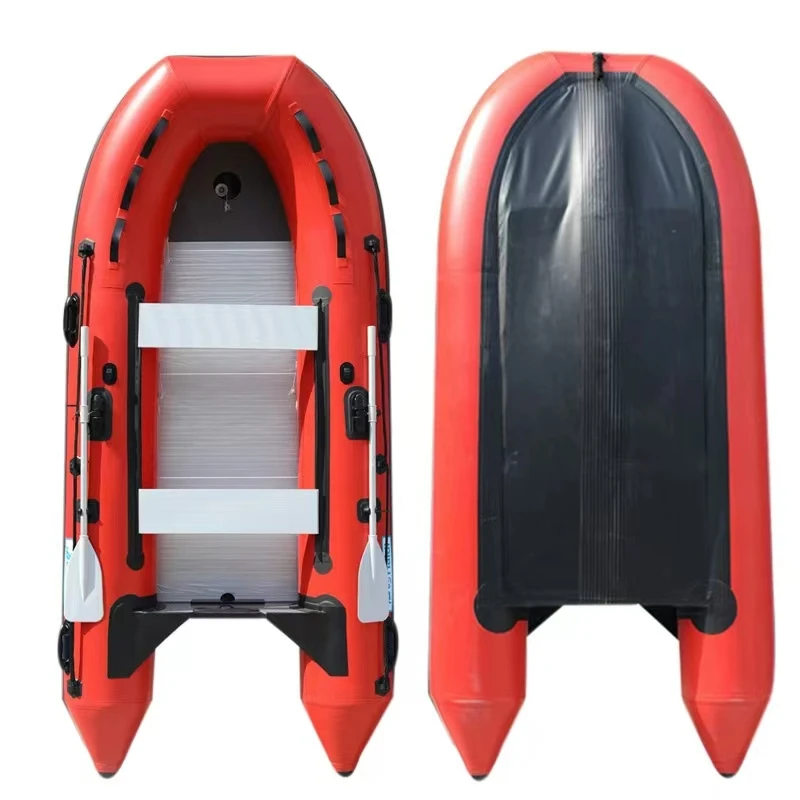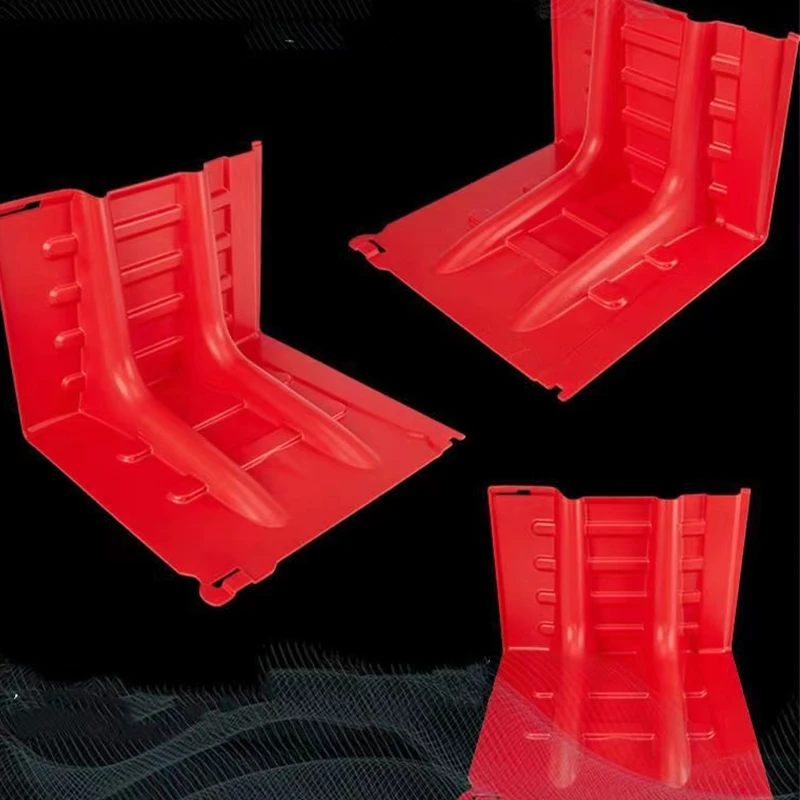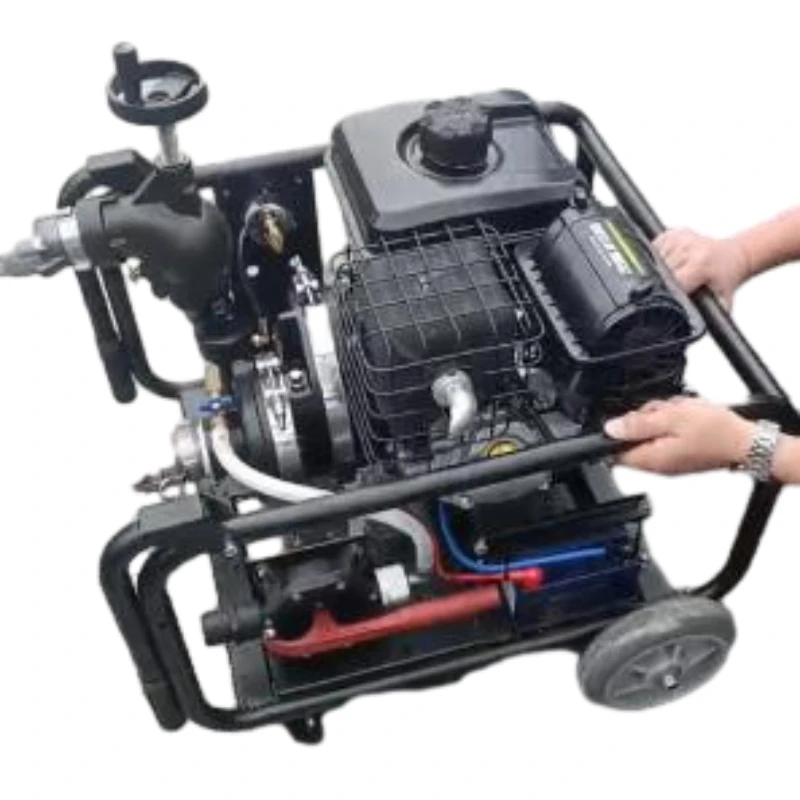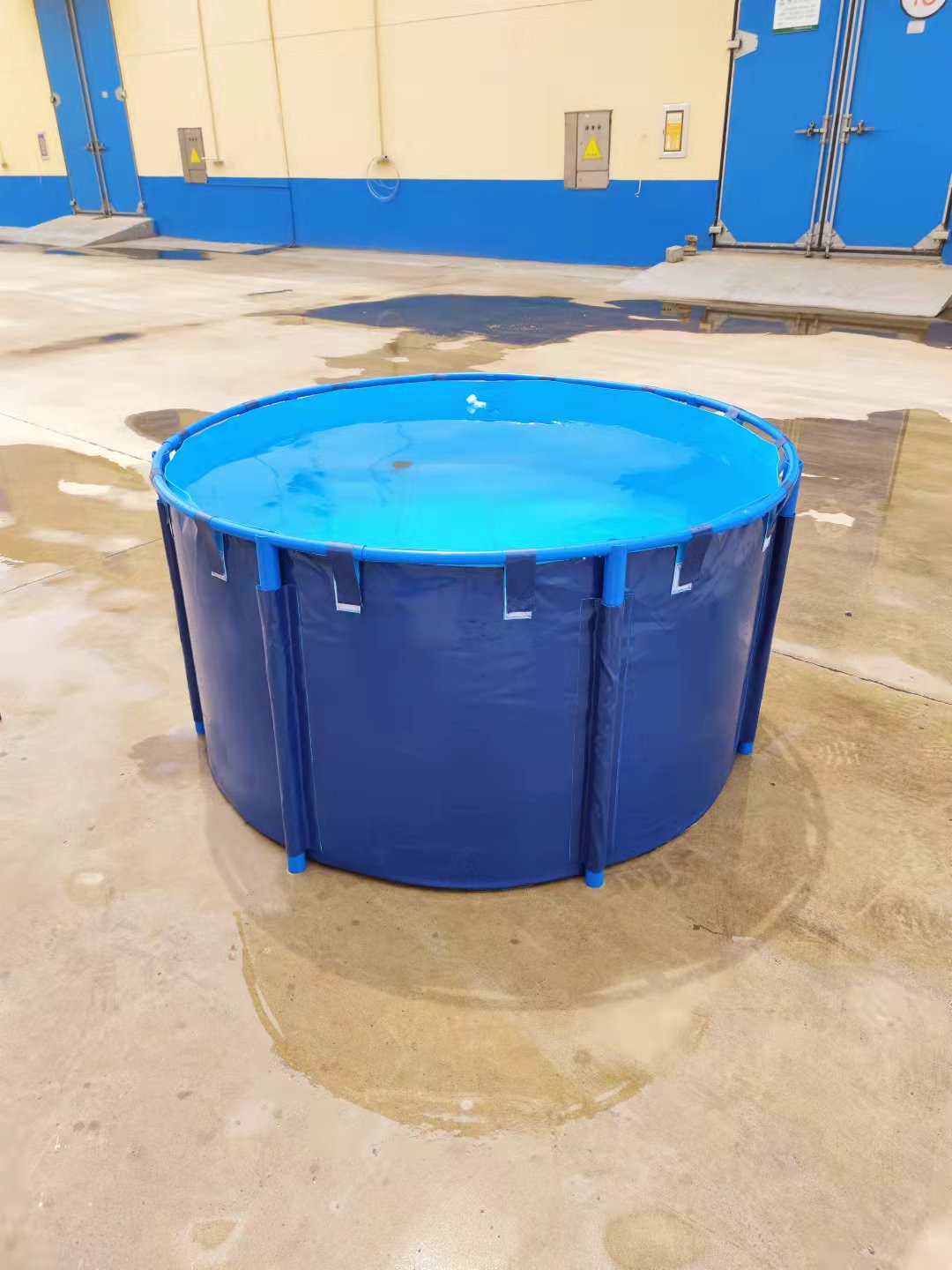Field Notes: A Modern Fire Hose Backpack That Doesn’t Fight You Back
I’ve watched too many crews wrestle hose bundles at 3 a.m., so when the Fire Hose Backpack crossed my desk, I paid attention. It’s part wearable pack, part smart station accessory—built around a machine base, transmission and regulating systems, a guide and receiving-belt setup, plus water inlet/drain and an electrical system. In plain English: faster packing, cleaner hose, fewer tangles. And yes, it seemed surprisingly practical on a muddy drill day.
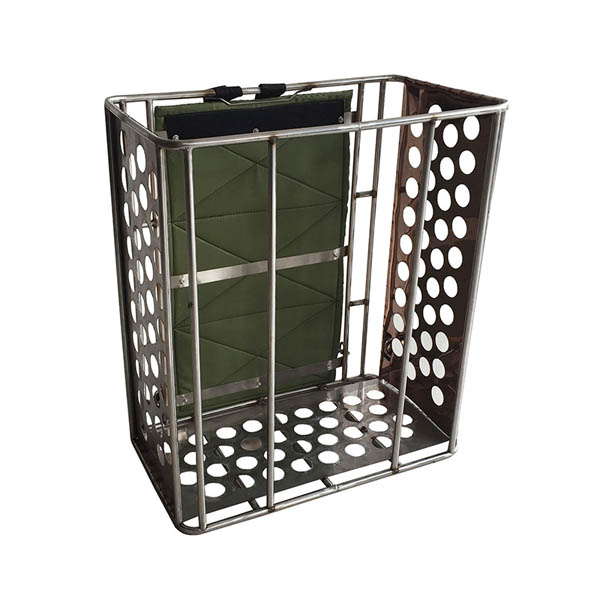
Where the market is heading
Two big trends: wildland seasons getting longer and municipal teams demanding one-person deployment kits. The quiet shift? Small electrified helpers in the station—compact rollers and drainers—to speed turnarounds and extend service life. This unit leans into both: a comfortable field pack and a benchtop “receive-and-drain” workflow for the bay.

How it’s built (the quick tour)
Under the skin: a corrosion-resistant machine base with a belt-driven transmission, adjustable guides to keep layers even, and a receiving-belt system that grips without chewing the jacket. The water inlet/drain lets you flush, then evacuate water before packing—less weight on your back. The electrical system (IP-rated enclosure) powers the station mode; in the field you run it as a traditional pack. To be honest, it’s a neat hybrid.

Process, materials, and testing
Materials: 1000D PU-coated nylon shell, aluminum frame, AISI 304 stainless fittings, and abrasion-tuned conveyor belting. Factory flow (simplified): incoming inspection → loom/liner compatibility check → sub-assembly (transmission, guide) → electrical integration → hydro/drain test → run-in and balance → final QC. Tests reference NFPA 1962 methods for hose care/inspection, hydrostatic checks at up to ≈2.4 MPa (real-world loads are lower), and belt abrasion cycles to >5,000 revs. Expected service life: around 8–12 years with municipal care—your mileage will vary with grit and heat.

Where it shines
- Municipal and campus brigades: fast bay turnarounds, cleaner deployments.
- Wildland/forestry lines: one-person shoulder carry, less fatigue.
- Industrial plants, mining, petrochem: orderly hose control near pumps.
Many customers say the even layering cuts kinks on start-up. I guess the drain-first routine is the unsung hero.
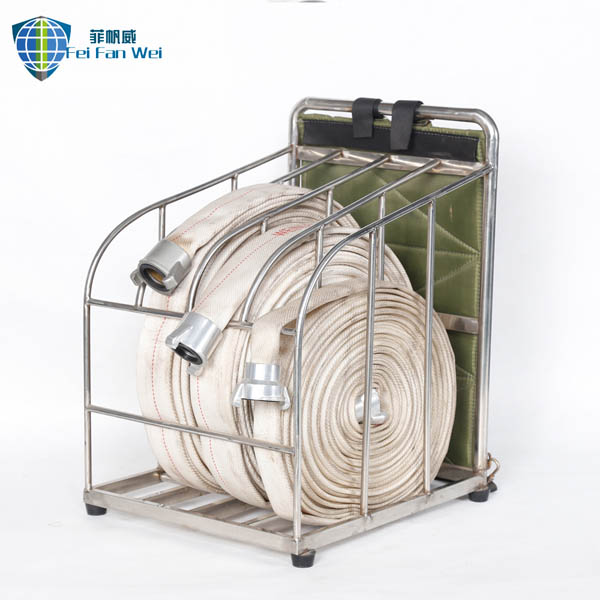
Key Specifications
| Model | FHB-65 (station + pack) |
| Hose compatibility | 38–65 mm (1.5–2.5 in), EN 14811 / NFPA 1961 types |
| Pack capacity | ≈60 m of 1.5 in; ≈45 m of 2 in (real-world may vary) |
| Drain/flush | Integrated inlet + quick-drain valve |
| Power (station) | 110–220 V, 50/60 Hz; IP54 enclosure |
| Weight | Pack ≈10.5 kg; station ≈65 kg |
| Operating temperature | -20°C to +55°C |
| Origin | No.118 Youyi Street, Xinhua Dist., Shijiazhuang, Hebei, China |
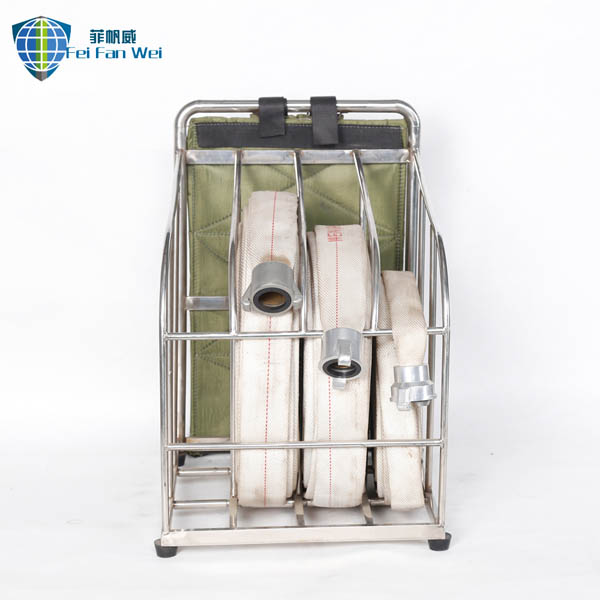
Test data and certifications
Hydro check to ≈2.4 MPa; belt abrasion >5,000 cycles; buckle tensile >8 kN; pressure drop with 1.5 in hose at 300 L/min: ≈0.6 bar/30 m (hose-dependent). Quality system: ISO 9001. Hose compatibility aligns with NFPA 1961 and EN 14811 categories; maintenance follows NFPA 1962 guidance.
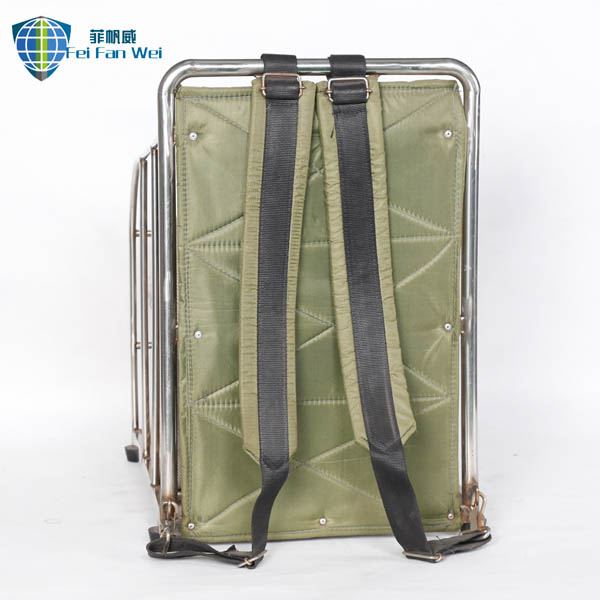
Vendor snapshot (quick compare)
| Vendor | Origin | Certs | Customization | Lead time |
|---|---|---|---|---|
| FFW Fire Safety | Shijiazhuang, CN | ISO 9001; CE-related components | Colors, logos, couplings, belt spec | ≈3–6 weeks |
| Vendor A | EU | ISO 9001, EN-focused | Moderate | ≈4–8 weeks |
| Vendor B | US | ISO 9001, NFPA alignment | High | ≈2–5 weeks |
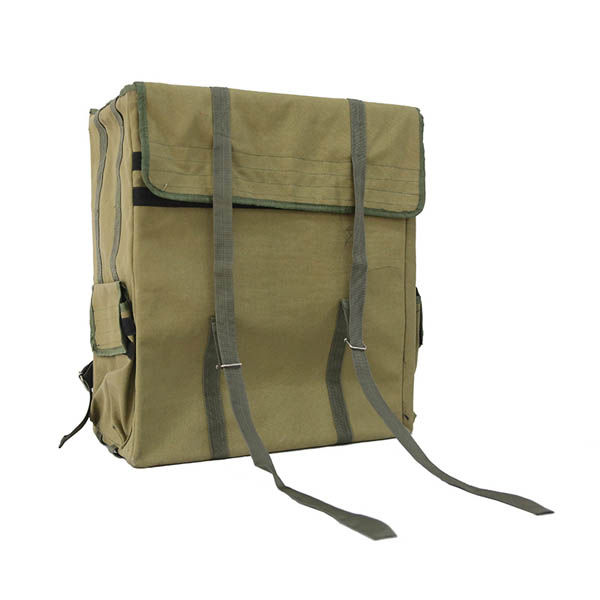
Customization and feedback
Options: pack color, reflective markings, department logo, Storz/NH couplings, belt material hardness, and inlet adapters. One training officer told me, “Set-up took minutes. The even lay saved us a false start on a standpipe.” That tracks with what I saw. If you want to name it, Fire Hose Backpack is basically a time-saver with manners.
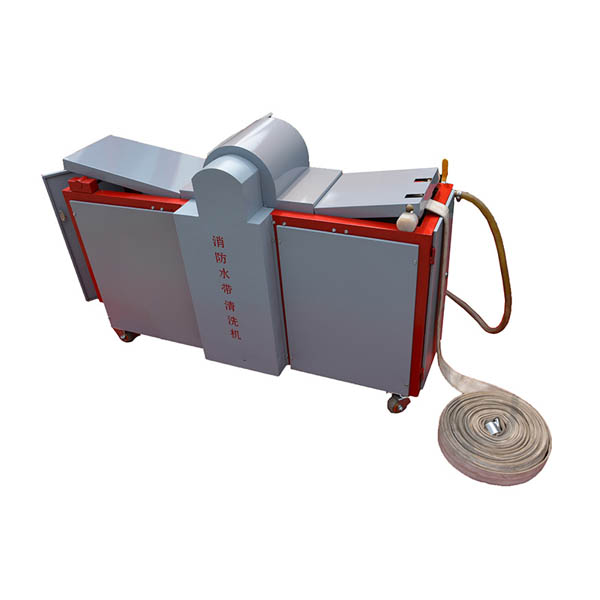
A quick case
A county forestry brigade shifted to two-person initial attacks using the pack; with the station receiver they cut hose recovery time by ≈28% over three months (their log, not mine). Kinks on charge dropped noticeably. Not magic—just better prep and drainage.
References
- NFPA 1961: Standard on Fire Hose, National Fire Protection Association — https://www.nfpa.org/1961
- NFPA 1962: Standard for the Care, Use, Inspection, Service Testing of Fire Hose — https://www.nfpa.org/1962
- EN 14811: Rubber-lined and thermoplastic-lined firefighting hoses — https://standards.cen.eu
- EN 694: Fire-fighting hoses — Semi-rigid hoses for fixed installations — https://standards.cen.eu
- ISO 9001: Quality management systems — https://www.iso.org/standard/62085.html









